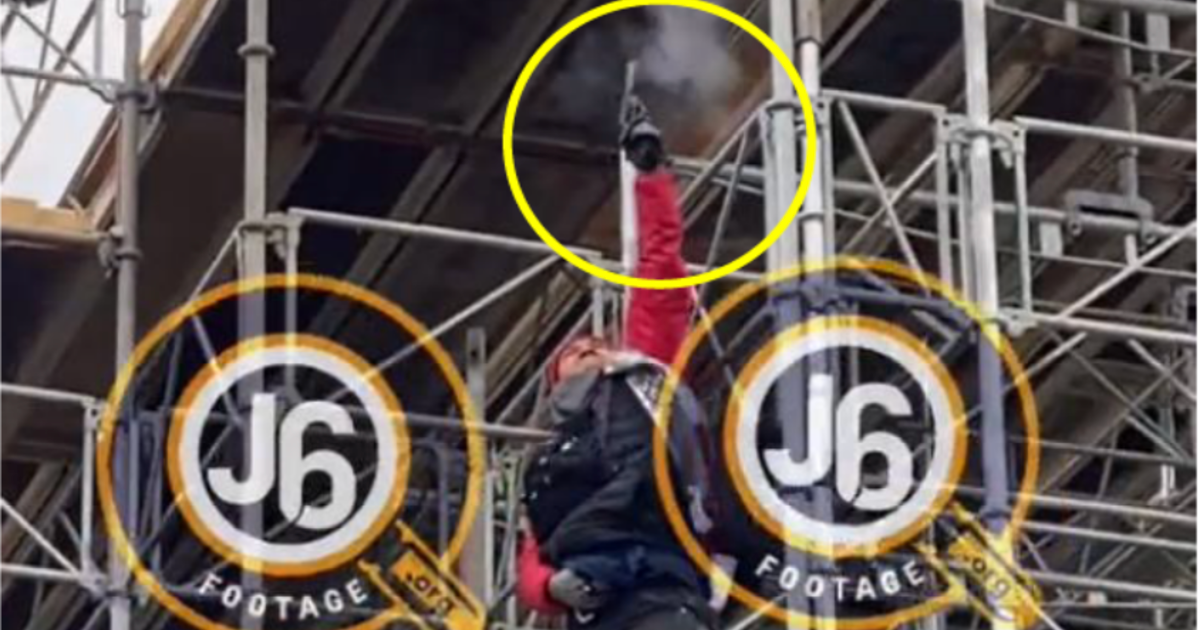Uncovering the Truth: The Firearms Present During the January 6 Capitol Riot
Amid former President Trump’s assertion that no guns were present during the January 6 Capitol riot, a closer examination reveals the reality of the situation. This article delves into the evidence of firearms at the Capitol that day, challenging the prevailing narrative and providing a deeper understanding of the events that transpired.
The Narrative vs. Reality
In the aftermath of the January 6 insurrection, a significant debate has emerged surrounding the presence of firearms among the rioters. Many have echoed statements made by Trump, claiming that no guns were used during the chaos. However, a thorough investigation into the events of that day contradicts this narrative and sheds light on the complex reality of the situation.
Evidence of Firearms on January 6
Reports from various law enforcement agencies and independent investigations have documented the presence of firearms during the Capitol riot. Notably, several individuals were apprehended with weapons in their possession. For instance:
- Rifles and Handguns: Some rioters were found carrying assault-style rifles and handguns. These findings were corroborated by police reports and evidence collected during arrests.
- Weapons Recovered: Authorities reported recovering firearms from individuals who had breached the Capitol building, leading to serious concerns about the intentions of those involved.
Moreover, the presence of firearms among the rioters raises critical questions about the potential for escalated violence. The Capitol Police had to contend with not just the overwhelming number of individuals but also the threat posed by armed participants.
The Role of Organized Groups
Another factor complicating the narrative is the involvement of organized groups that were present on January 6. Various militia and extremist groups, known for their advocacy of armed resistance, were among those who stormed the Capitol. For example:
- The Oath Keepers: Members of this militia group were documented carrying firearms and tactical gear, which further indicates a premeditated intent to engage in violent confrontation.
- The Proud Boys: This far-right group also had individuals present with weapons, highlighting the potential for violence beyond the spontaneous actions of individual rioters.
The organized nature of these groups suggests a level of coordination and planning that contradicts the narrative of a purely spontaneous uprising.
The Legal Implications
The presence of firearms during the Capitol riot has significant legal ramifications. Those found carrying weapons faced serious charges, including:
- Possession of firearms on federal property, which is a violation of federal law.
- Assault with a deadly weapon, particularly if used to threaten law enforcement or others.
- Conspiracy charges for those involved in coordinated efforts to bring weapons to the scene.
These legal challenges not only affect the individuals directly involved but also raise broader questions about accountability and the implications of armed insurrection in American democracy.
Eyewitness Accounts and Testimonies
Eyewitness testimonies provide further insight into the chaotic events of January 6. Many individuals reported seeing firearms, which adds a layer of credibility to the claims surrounding their presence:
- Protesters with Weapons: Numerous videos and images surfaced showing rioters openly brandishing firearms, reinforcing the notion that the Capitol was not only a site of political protest but also a battleground.
- Law Enforcement Perspectives: Officers involved in the defense of the Capitol reported feeling outnumbered and overwhelmed, particularly when confronted by armed individuals.
These firsthand accounts illustrate the palpable fear and tension faced by law enforcement on that day and underscore the seriousness of the threats posed by armed rioters.
The Broader Context of Gun Rights and Political Violence
The events of January 6 cannot be viewed in isolation; they are part of a larger narrative concerning gun rights and the increasing prevalence of political violence in the United States. The rise in gun ownership and the normalization of firearms in political discourse contribute to a volatile atmosphere where armed confrontation may seem justified to some individuals:
- Gun Culture: The American gun culture, characterized by strong beliefs in the right to bear arms, has fueled a sense of empowerment among certain groups who feel justified in using weapons to advance their political agendas.
- Political Extremism: The intersection of extreme political beliefs and the willingness to use firearms has led to an alarming trend of violence at political events.
Understanding these broader societal dynamics is essential for addressing the underlying issues that led to the violence of January 6.
Conclusion: A Call for Reflection and Action
The truth about the firearms present during the January 6 Capitol riot challenges the simplistic narrative that no guns were involved. With evidence of armed individuals, organized groups, and the potential for escalated violence, it’s crucial to reevaluate our understanding of that day. As we reflect on these events, it becomes clear that addressing the intertwining issues of gun rights, political extremism, and accountability is more important than ever.
In moving forward, society must grapple with the implications of armed insurrection and work towards fostering a political environment that prioritizes dialogue over violence. Only through understanding the truth can we begin to heal and build a more resilient democracy.
See more BBC Express News

